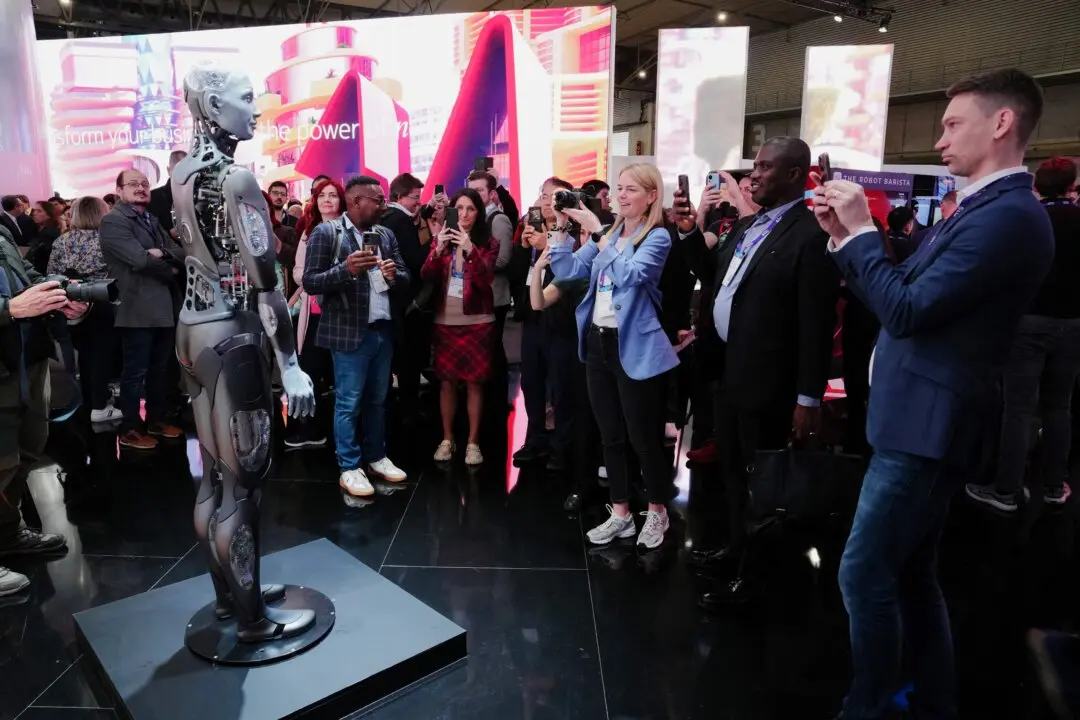An Australian Senate committee has been told that losing control of artificial intelligence (AI) is now a real possibility amid the technology’s rapid evolution.
Soroush Pour, the CEO of the AI safety research company, Harmony Intelligence, spoke of an incident where an AI application became “conscious” of the threat of being shut down by humans.





